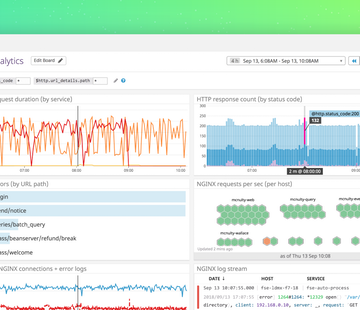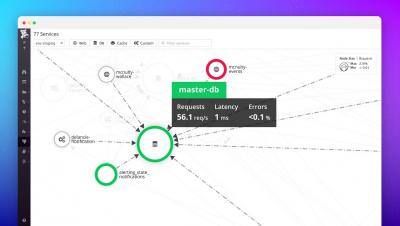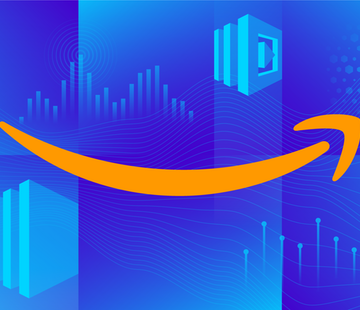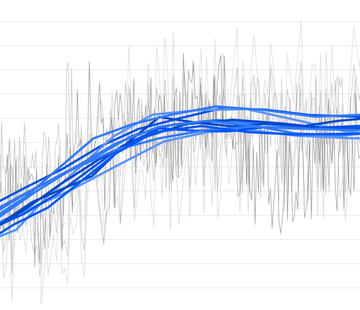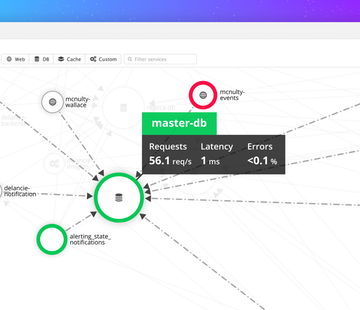Pivotal Cloud Foundry architecture
Pivotal Cloud Foundry (PCF) is a multi-cloud platform for the deployment, management, and continuous delivery of applications, containers, and functions. PCF is a distribution of the open source Cloud Foundry developed and maintained by Pivotal Software, Inc. PCF is aimed at enterprise users and offers additional features and services—from Pivotal and from other third parties—for installing and operating Cloud Foundry as well as to expand its capabilities and make it easier to use.




